Smart Material Systems and MEMS
Preface. About the Authors. PART 1: FUNDAMENTALS. 1. Introduction to Smart Systems. 1.1 Components of a smart system. 1.2 Evolution of smart materials and structures. 1.3 Application areas for smart systems. 1.4 Organization of the book. References. 2. Processing of Smart Materials. 2.1 Introduction. 2.2 Semiconductors and their processing. 2.3 Metals and metallization techniques. 2.4 Ceramics. 2.5 Silicon micromachining techniques. 2.6 Polymers and their synthesis. 2.7 UV radiation curing of polymers. 2.8 Deposition techniques for polymer thin films. 2.9 Properties and synthesis of carbon nanotubes. References. PART 2: DESIGN PRINCIPLES. 3. Sensors for Smart Systems. 3.1 Introduction. 3.2 Conductometric sensors. 3.3 Capacitive sensors. 3.4 Piezoelectric sensors. 3.5 Magnetostrictive sensors. 3.6 Piezoresistive sensors. 3.7 Optical sensors. 3.8 Resonant sensors. 3.9 Semiconductor-based sensors. 3.10 Acoustic sensors. 3.11 Polymeric sensors. 3.12 Carbon nanotube sensors. References. 4. Actuators for Smart Systems. 4.1 Introduction. 4.2 Electrostatic transducers. 4.3 Electromagnetic transducers. 4.4 Electrodynamic transducers. 4.5 Piezoelectric transducers. 4.6 Electrostrictive transducers. 4.7 Magnetostrictive transducers. 4.8 Electrothermal actuators. 4.9 Comparison of actuation schemes. References. 5. Design Examples for Sensors and Actuators. 5.1 Introduction. 5.2 Piezoelectric sensors. 5.3 MEMS IDT-based accelerometers. 5.4 Fiber-optic gyroscopes. 5.5 Piezoresistive pressure sensors. 5.6 SAW-based wireless strain sensors. 5.7 SAW-based chemical sensors. 5.8 Microfluidic systems. References. PART 3: MODELING TECHNIQUES. 6. Introductory Concepts in Modeling. 6.1 Introduction to the theory of elasticity. 6.2 Theory of laminated composites. 6.3 Introduction to wave propagation in structures. References. 7. Introduction to the Finite Element Method. 7.1 Introduction. 7.2 Variational principles. 7.3 Energy functionals and variational operator. 7.4 Weak form of the governing differential equation. 7.5 Some basic energy theorems. 7.6 Finite element method. 7.7 Computational aspects in the finite element method. 7.8 Superconvergent finite element formulation. 7.9 Spectral finite element formulation. References. 8. Modeling of Smart Sensors and Actuators. 8.1 Introduction. 8.2 Finite element modeling of a 3-D composite laminate with embedded piezoelectric sensors and actuators. 8.3 Superconvergent smart thin-walled box beam element. 8.4 Modeling of magnetostrictive sensors and actuators. 8.5 Modeling of micro electromechanical systems. 8.6 Modeling of carbon nanotubes (CNTs). References. 9. Active Control Techniques. 9.1 Introduction. 9.2 Mathematical models for control theory. 9.3 Stability of control system. 9.4 Design concepts and methodology. 9.5 Modal order reduction. 9.6 Active control of vibration and waves due to broadband excitation. References. PART 4: FABRICATION METHODS AND APPLICATIONS. 10. Silicon Fabrication Techniques for MEMS. 10.1 Introduction. 10.2 Fabrication processes for silicon MEMS. 10.3 Deposition techniques for thin films in MEMS. 10.4 Bulk micromachining for silicon-based MEMS. 10.5 Silicon surface micromachining. 10.6 Processing by both bulk and surface micromachining. 10.7 LIGA process. References. 11. Polymeric MEMS Fabrication Techniques. 11.1 Introduction. 11.2 Microstereolithography. 11.3 Micromolding of polymeric 3-D structures. 11.4 Incorporation of metals and ceramics by polymeric processes. 11.5 Combined silicon and polymer structures. References. 12. Integration and Packaging of Smart Microsystems. 12.1 Integration of MEMS and microelectronics. 12.2 MEMS packaging. 12.3 Packaging techniques. 12.4 Reliability and key failure mechanisms. 12.5 Issues in packaging of microsystems. References. 13. Fabrication Examples of Smart Microsystems. 13.1 Introduction. 13.2 PVDF transducers. 13.3 SAW accelerometer. 13.4 Chemical and biosensors. 13.5 Polymeric fabrication of a microfluidic system. References. 14. Structural Health Monitoring Applications. 14.1 Introduction. 14.2 Structural health monitoring of composite wing-type structures using magnetostrictive sensors/actuators. 14.3 Assesment of damage severity and health monitoring using PZT sensors/actuators. 14.4 Actuation of DCB specimen under Mode-II dynamic loading. 14.5 Wireless MEMS-IDT microsensors for health monitoring of structures and systems. References. 15. Vibration and Noise-Control Applications. 15.1 Introduction. 15.2 Active vibration control in a thin-walled box beam. 15.3 Active noise control of structure-borne vibration and noise in a helicopter cabin. References. Index.
{{comment.content}}
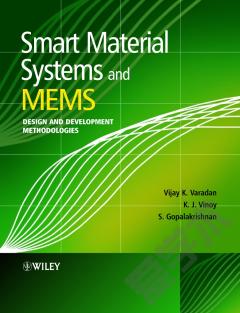
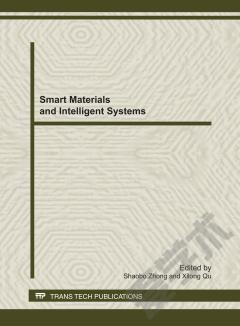
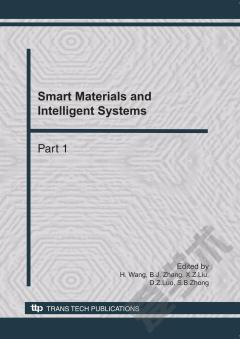
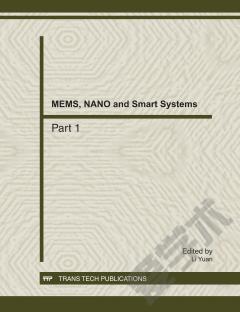
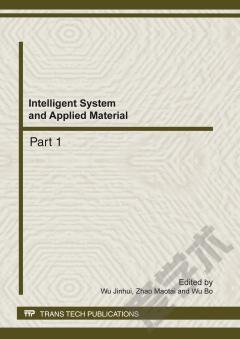

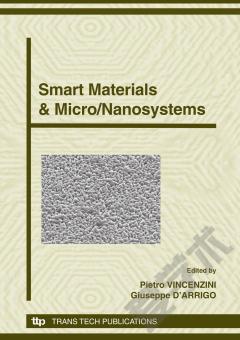

 京公网安备 11010802027623号
京公网安备 11010802027623号